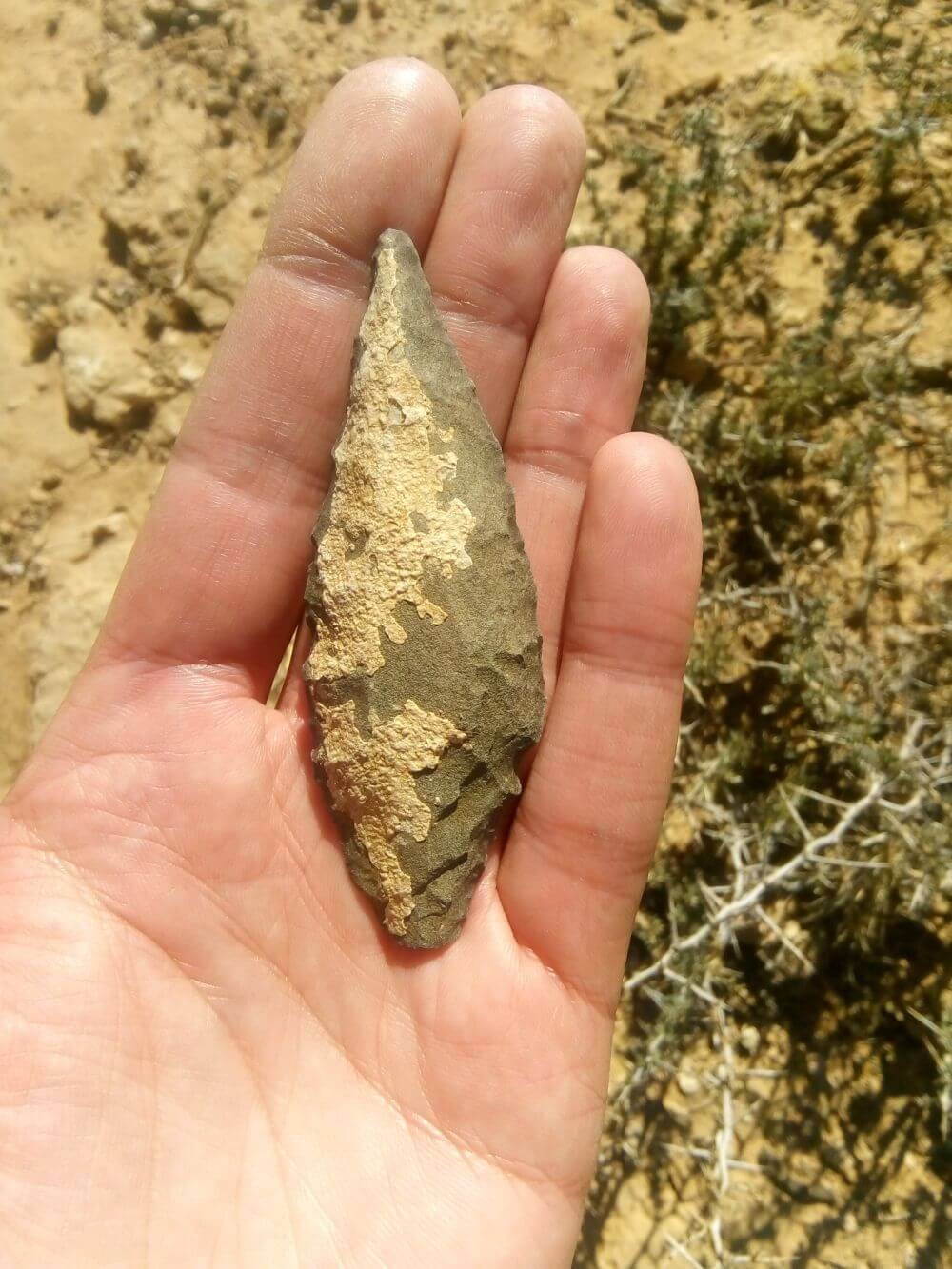Archaeology
The study of human evolution and dispersal is based mainly on stone artefacts, the most common archaeological find of the Pleistocene. Lithic assemblages can inform on adaptive strategies, provided that they can be securely dated.

Lithic Analysis
All the stone artefacts recovered during excavations and part of the stone artefacts encountered during survey are described in terms of traditional linear metrics and photographed. In addition, some artefacts from excavations are 3D-scanned and studied through geometrics morphometrics to better understand their production process and facilitate their comparison with stone artefacts from other parts of South Africa. This information, together with associated age determinations, will allow establishing accurate chronological sequences of different lithic assemblages including several sites within the same river basin.